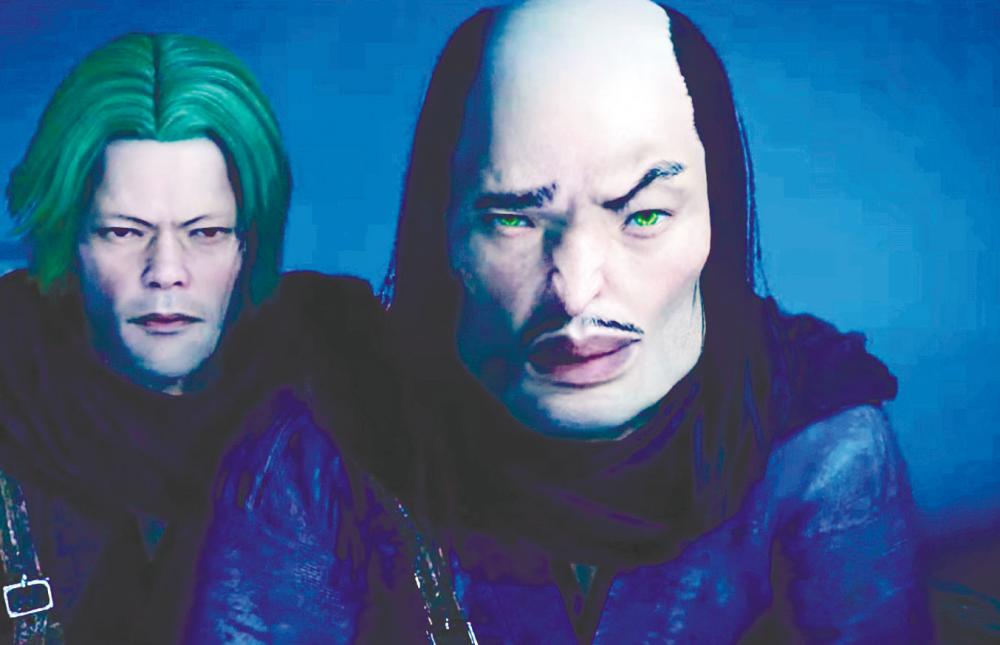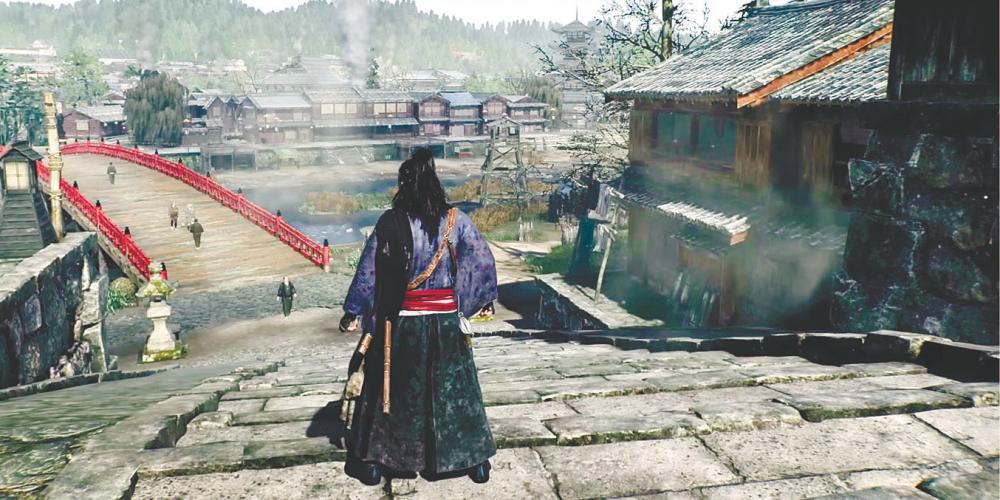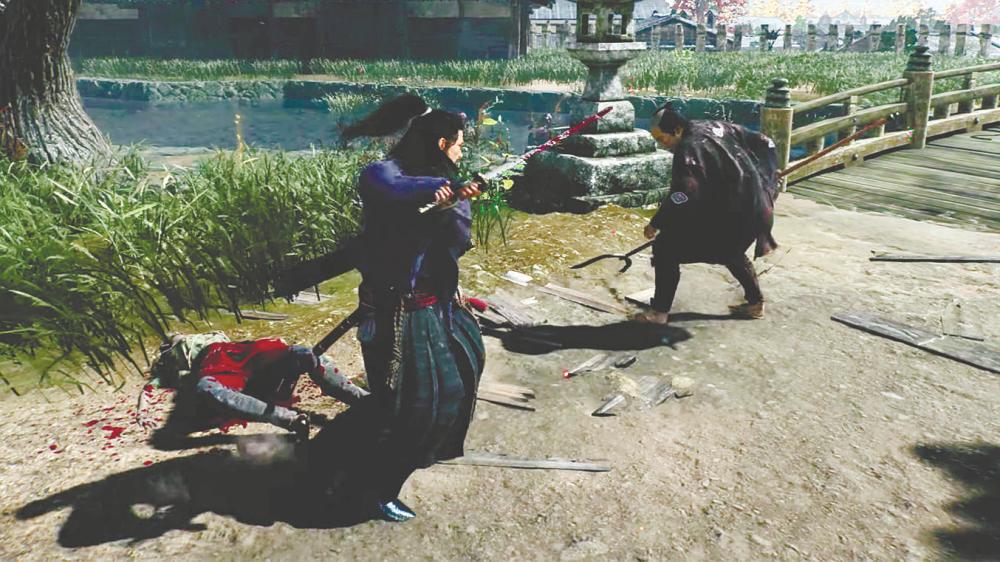FROM its very first announcement, Team Ninja’s Rise of the Ronin was haunted by the shadow cast by Sucker Punch’s Ghost of Tsushima. It certainly did not help that Team Ninja intentionally leaned into how much their latest game was taking cues from it and other similar games. Now that Ronin is out, we can finally see how it fares against its predecessors and let me just say, this sake is quite lukewarm.
Team Ninja’s latest game is both its most ambitious and riskiest project. For the first time in the studio’s lifespan, they have departed from the comforts accorded by the formula of their past games.
The self-contained levels and mission design from the Ninja Gaiden and Nioh games are abandoned for an open-world setting in Ronin. The game also goes further by importing the gameplay mechanics not just from Team Ninja’s games, but also highly acclaimed titles by other developers, such as Sekiro: Shadows Die Twice and Ghost of Tsushima.
On the one hand, Team Ninja does this impeccably but on the other, it shows Ronin’s weakness, which we will cover later.

The dullest of swords
As the game has no fixed main character, Rise of the Ronin opens with players creating their custom characters. Yes, plural, as the two playable characters are twins. But thanks to the highly detailed character creator, players can make one of their twins look like a beautiful Japanese actress, while the second twin could look like it is missing a few chromosomes.
Called the “Blade Twins”, the two are part of the Veiled Edge, a unit trained to oppose the Tokugawa Shogunate. Players are not given much time with the twins, as Ronin’s tutorial level sends them on an assassination mission that quickly goes wrong.
Players will then need to choose one of the two to continue the game with, as the other is critically injured. Who is picked makes no difference, as both twins are blank slates with zero personality and neither of them have actual voiced dialogue in the game. If you are lucky, your Veiled Edge will say one line every seven hours or so in the game’s roughly 50 hours of content.
The “silent protagonist” is a famous trope for Japanese games, and it largely works if the supporting cast and story helps elevate the protagonist. That does not happen in Ronin, because everyone that becomes a comrade to the Veiled Edge are equally boring.
Through these comrades, the Veiled Edge will need to make choices in how the story plays out, and these decisions form the core of Ronin’s grand narrative, which takes place in mid-19th century Japan.
During this period of the Togukawa era, players will find themselves choosing whether to align themselves with the pro-Shogunate or anti-Shogunate faction, and in the midst of the power struggle, there is also the presence of Western forces entering Japan.
The choices made will also influence each individual player’s play style, benefiting certain tactics, equipment, combat styles and so on. How the decisions sculpt the direction of the gameplay and story is great, but in order to achieve these micro and macro changes, players still need to endure Ronin’s poorly written side characters to bond with them for the aforementioned perks.

Too many cooks
Circling back to how Ronin proudly wears its influences on its sleeve and the double-edge sword nature of it, is the gameplay. One of the best things Team Ninja is known for is the combat in their games, which is often experimental and forward-thinking.
In Ronin, Team Ninja goes overboard by bringing everything that worked from every possible source. The result is an overstuffed, bloated turkey.
Here is an example. The game has ten primary weapon types and six sub-weapon options, with each primary weapon having close to five different martial styles.
Usually, having a huge armoury and a variety of ways to use these weapons against enemies is great, but Ronin only has a handful of enemy types. If you only need two or three from the ten primary weapons, what does that make the rest of the weapons and styles in Ronin? Excess fat, that is what.
Ironically, this is regressive to Team Ninja’s previous projects, because by borrowing from other titles, the gameplay stagnates as it does not innovate and is relegated to being a “The Greatest Hits From The Last 10 Similar Games” compilation.
Now, let’s move to the elephant in the room, which is Ronin’s poor graphics, which is an understatement, as this game visually looks like an early PlayStation 4 era game. As much as I understand that Team Ninja’s games have never positioned graphics as a focal point during development, I fail to understand why Ronin looks worse than their last four titles.
Even if it was comparatively judged with its peers, Ronin’s graphics and artistic style still falls short. How does Ghost of Tsushima and Sekiro on the PlayStation 4 look better graphically and artistically than Ronin on the PlayStation 5?
Complaints aside, it is worth noting that Ronin is not terrible, but it is mildly infuriating with how it barely passes the minimum requirements to call itself a game, let alone a current-generation PlayStation 5 exclusive game.
While Ronin has all the best parts of other similar action role-playing games, nothing truly ever shines or stands out. The game is the equivalent of a Big Mac, but Team Ninja forgot to slather on the special sauce.










